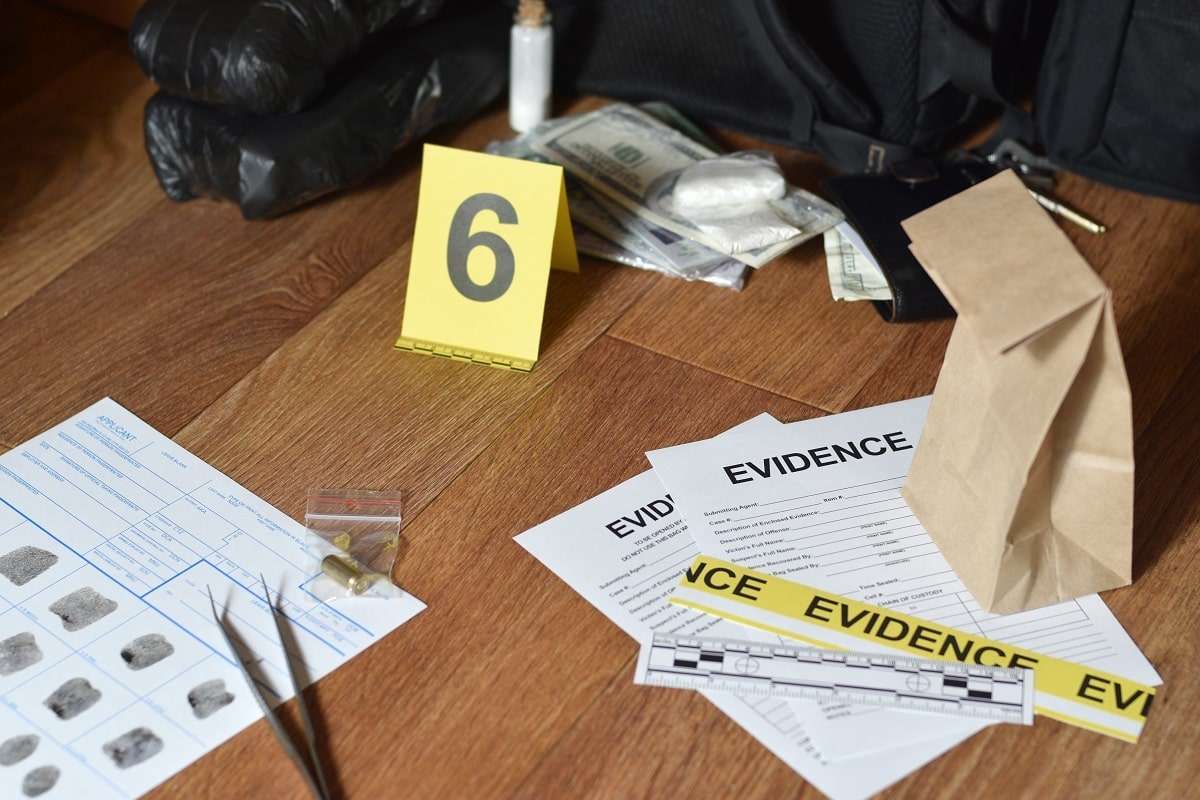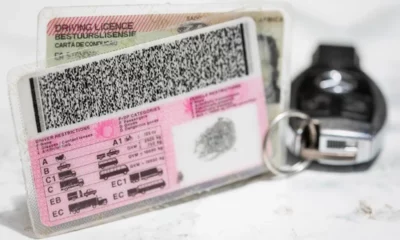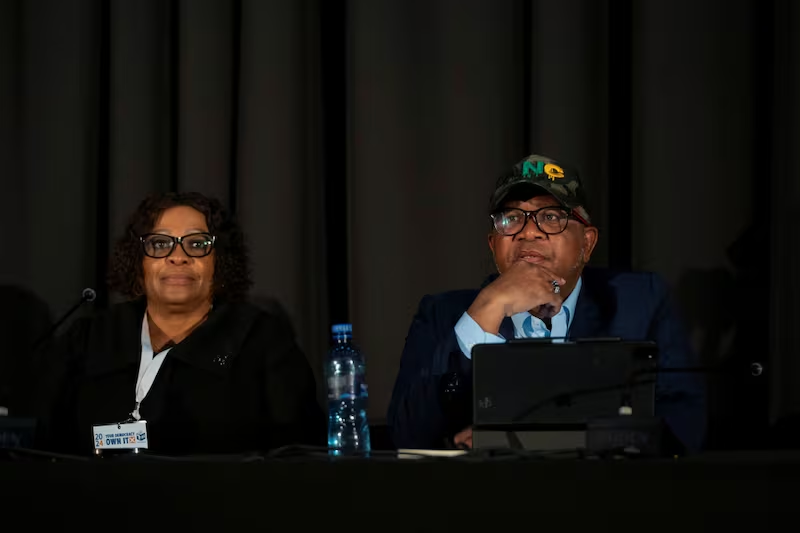Best of Johannesburg
How Blood Evidence is Used in South African Court Cases 2025

When Blood Becomes a Witness
In South African courtrooms, a single drop of blood can speak volumes. It can place a suspect at a crime scene, disprove a false alibi, or even clear someone wrongfully accused. But while the science behind blood evidence is powerful, its true strength lies in how carefully it’s collected, analysed, and explained to the court.
Reconstructing the Story of a Crime
Forensic investigators treat blood like a silent eyewitness. By studying the shape, size, and distribution of bloodstains, known as Bloodstain Pattern Analysis, they can work out the sequence of events, the position of the people involved, and even the type of weapon used. High-velocity spatters might suggest a firearm, while elongated drops can point to movement.
Locally, experts emphasise that these patterns must be interpreted alongside other evidence, as human error and bias can influence conclusions. Internationally, studies have shown that without standardised methods, different analysts can reach different interpretations of the same stains, something South African courts are mindful of.
DNA: Identifying the ‘Who’
If blood patterns reveal the “how,” DNA analysis reveals the “who.” South Africa’s National Forensic DNA Database, maintained by the South African Police Service, stores profiles from convicted offenders, suspects, and crime scene evidence. This database enables quick matches between crime scene samples and known individuals, sometimes linking cases across provinces.
Modern forensic labs use Short Tandem Repeat (STR) analysis, a globally accepted method that examines highly variable regions in human DNA. When done correctly, the chance of two unrelated people having the same profile is extraordinarily small, around one in a billion. But even DNA is not infallible. Contamination, poor chain of custody, or flawed lab work can undermine results, which is why strict handling protocols are essential.
Inside the Courtroom
Blood evidence on its own doesn’t guarantee a conviction. South African law requires that forensic evidence be relevant and its reliability evaluated, often at the end of a trial. Judges rely on expert witnesses to explain what the science means in plain language, especially when it conflicts with witness testimony.
A high-profile South African case highlighted how courts can scrutinise forensic evidence. In that matter, expert testimony from outside the country challenged a key interpretation of blood evidence, which led the court to place less weight on it. The case reinforced the importance of ensuring that forensic methods and conclusions meet the highest scientific standards.
Beyond Convictions: Protecting the Innocent
Blood evidence can be just as powerful in proving innocence as in proving guilt. In some cases, DNA profiles from crime scenes have excluded suspects entirely, leading to their release. This is especially significant in crimes with high public pressure, where there’s a risk of convicting the wrong person.
Why It Matters in 2025
In a country with one of the world’s highest violent crime rates, public confidence in the justice system depends on the integrity of the evidence it uses. South Africans have become more aware, often through social media, of how forensic science works and its limits. This public scrutiny is a positive force, pushing for higher standards and transparency in how evidence is handled.
Blood evidence, when collected and analysed with precision, remains one of the most persuasive forms of forensic proof available. But like any form of evidence, it’s only as strong as the science and the people behind it.
Also read: Can the Public Access Court Documents in SA Criminal Cases? (2025 Guide)
Follow Joburg ETC on Facebook, Twitter, TikTok and Instagram
For more News in Johannesburg, visit joburgetc.com
Featured Image: BRILLIANT FORENSIC INVESTIGATION


























